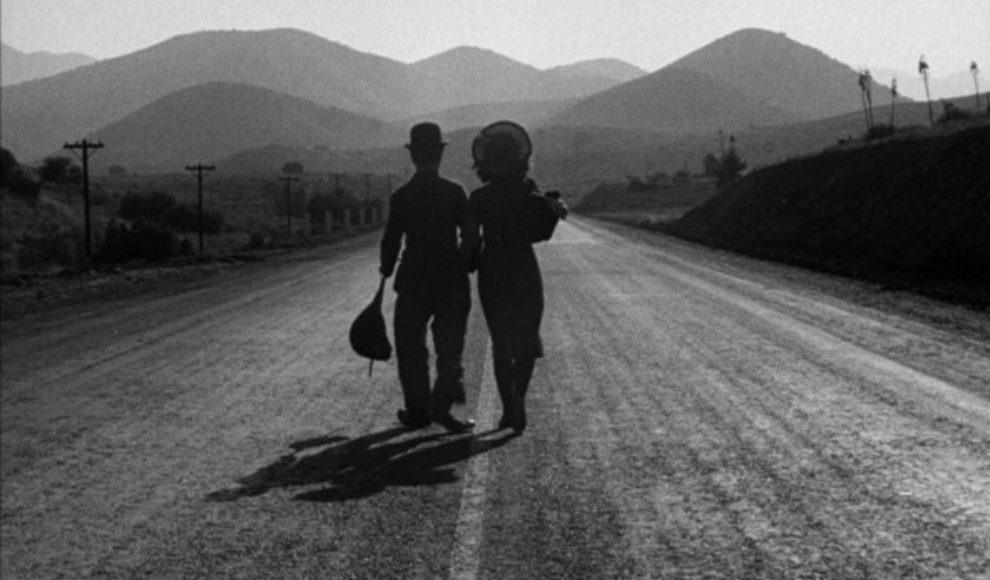Morning for the Osone Family (Ôsone-ke no ashita)
Directed by Keisuke Kinoshita
Written by Eijirô Hisaita
1946/Japan
Shochiku Company
First viewing/Hulu Plus
[box] Taiji Osone: ‘Bushido is the way of dying.” I wish things were that simple.[/box]
Director Kinoshita moves seamlessly from pro-war propaganda to anti-war propoganda. Fortunately, he is also an artist and this is a very moving film with a wonderful central performance by Haruko Sugimura, who later played the selfish daughter in Tokyo Story.
The story follows the Osone family from 1943 to 1945. We know it is Westernized when we see the family celebrating Christmas by singing “Silent Night” while mother accompanies on the piano. The father, a professor, is deceased and a picture of grandfather in his military uniform hangs on the wall. The Osone’s celebration is marred by the fact that they are also bidding Yukie’s fiance farewell as he goes off to join the army. Things get worse when eldest son Ichiru is picked up by the police for writing an article critiquing the war. He remains a political prisoner until war’s end.
Unfortunately, the nominal head of the family is “Uncle”, the father’s brother, who is a fat cat colonel at Japanese military headquarters. He immediately breaks off Yukie’s engagement since he can’t allow the fiance’s family to dishonorably unite itself with the sister of a “subversive”. Afterwards, Uncle and his wife move in with the family when their house is damaged by bombing. Uncle gets the best of everything and manages to wangle Yukie a job in the accounting department instead of going on to war factory work as ordered.
Mrs. Osone (Sugimura) is throughly intiminated by Uncle, Middle son Taiji, a painter, is drafted. He needs to get drunk to work up the courage to go. Finally, in the darkest days of the war, the youngest son, a junior in high school enlists with the encouragement of Uncle. Mrs. Osone is drafted into hard labor digging an air raid shelter but collapses due to malnutrition. She develops some backbone after the surrender but by this time in looks like she may have literally or figuratively have lost all her children in the process.
Although this movie is obviously a propaganda effort to show the Japanese public the error of their government’s militaristic ways, more broadly its theme is the post-war dissolution of the Japanese family, a subject which Ozu would explore in many of his less broadly melodramatic masterpieces. Despite all this, I was genuinely touched by the story. It was effective propaganda, I think. By the end I wanted the authorities to round up Uncle and try him as a war criminal. Even better would have been if someone had just slapped him hard. Recommended.
Clip – I saw a very interesting connection to The Best Years of Our Lives here – remember the Japanese flag taken from the body of a dead soldier that Al tries to give his son? Here we see one of the children writing a message on a flag that a soldier will take off to war.

